
British holiday culture has provided generations of filmmakers with cinematic fodder, from Joanna Hogg’s Tuscan-tinged feature debut Unrelated to The Inbetweeners’s musty mancation. The Greek party town of Malia played host to the latter’s debauchery, and resurfaces once more in How to Have Sex, Molly Manning Walker’s chilling debut feature, which sees its protagonist Tara confronted by the penumbra of sexual violence. Below, Manning Walker shares the visual references, including a viral image by British photographer Joel Goodman, that helped her sketch the film’s sinister decadence.
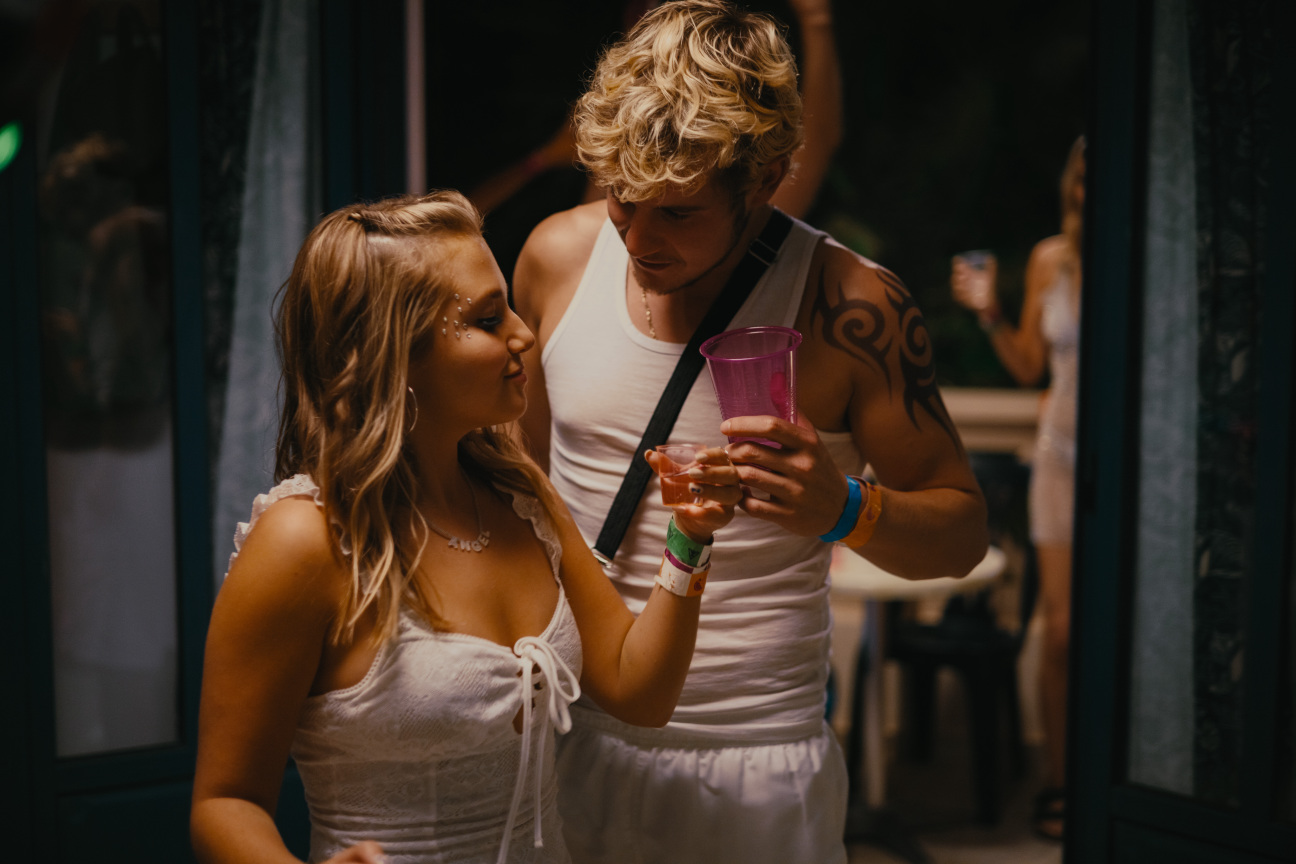
CULTURED: How to Have Sex won Un Certain Regard at Cannes last May, showed at Sundance last month to rave reviews, and is now out in theaters in the US. How has it felt for the film to be out in the world?
Molly Manning Walker: It’s one thing for it to be received by filmmakers and critics, but the crazy wave of people feeling seen by it was both shocking and amazing. We really hoped that it would allow women to feel seen, but I think what was most shocking was that lots of men saw their own actions in it and were like, Damn, I need to do better and change. I never imagined that happening.
CULTURED: I'm interested in how this film grows out of Good Thanks, You?, your 2020 short film, which also surfaced themes of sexual violence. What inspired you to start writing How to Have Sex?
Manning Walker: I was assaulted when I was 16, and I feel like [sexual violence] is something that isn’t talked about enough. Good Thanks, You? was talking about the incapability of people to listen to and understand what's going on with people who have been assaulted. With that film, there was a huge outpouring of people feeling seen and understood, so it definitely spurred me on. And I went on lots of those holidays as a teenager, so I was reflecting on those times. As much as I'd been assaulted [separately from that environment], I started to realize that how we learned how to have sex was totally wrong and that these experiences we thought were consensual were way more complicated than we thought when we were 16.
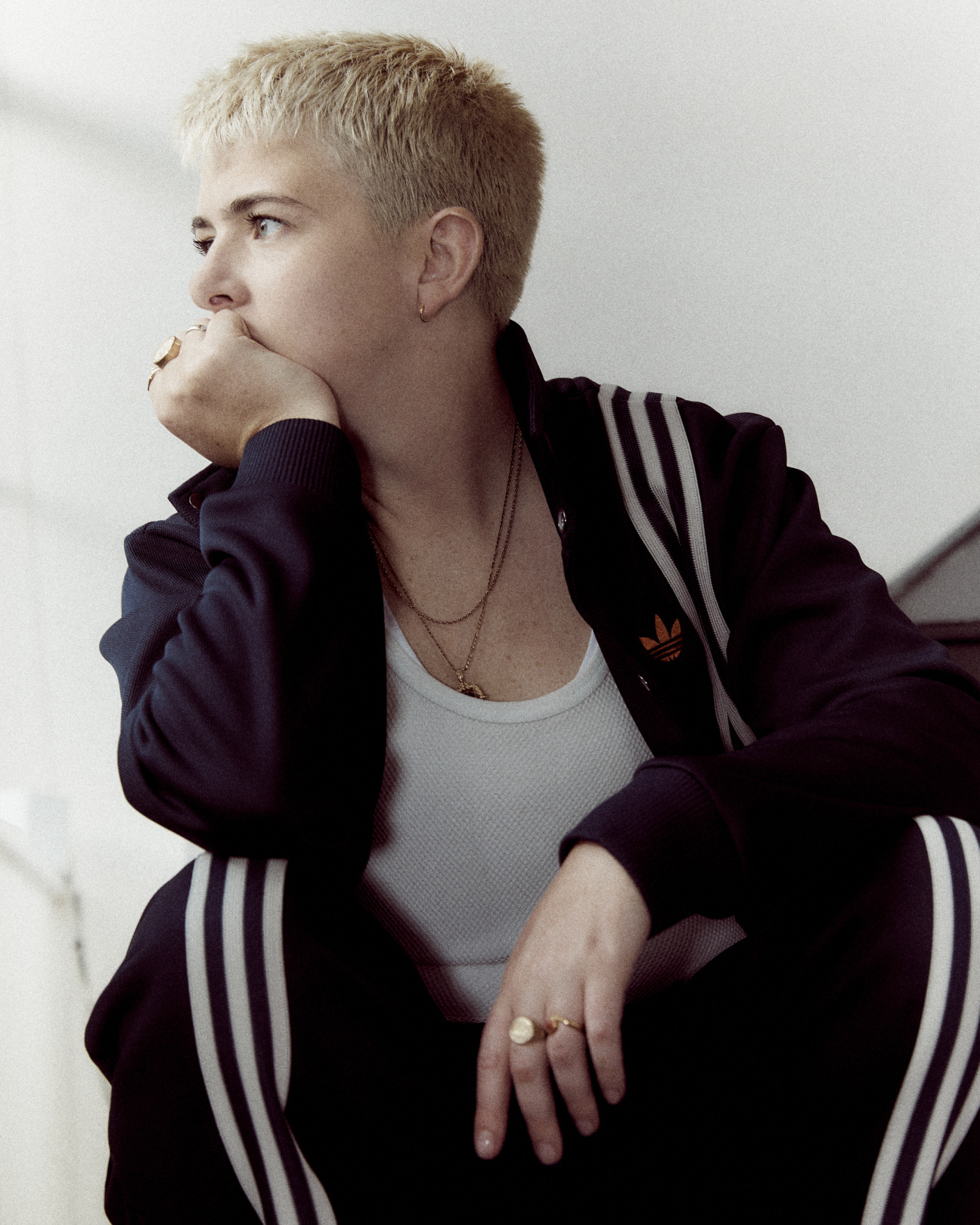
CULTURED: What was the process of writing and making the film like?
Manning Walker: I started writing it in lockdown, and it took a 40- to 50-page shape at first. Then I developed the last third quite heavily. But the writing process was really continuous. As we were casting, we were switching roles around, like, Okay, maybe there should be a gay couple. Even when we met Mia [McKenna-Bruce, who plays Tara], we started to change the script with her in mind. Down to the last day of the shoot, we were rewriting. Then in the last two weeks of post, when I was doing ADR, we were writing stuff into the background.
CULTURED: What did you surround yourself with in the making of the movie?
Manning Walker: Romy [Madley Croft, the English musician] actually sent her album “Mid Air” to me during prep. It's a very emotional clubbing album, and it really resonated with what we were trying to do. Then we were in Malia prepping for six weeks. I would sit out on the strip, watch drunk people, and listen to them talk. A lot of the film stems from that reality and also from going back into old photo albums and remembering what [my friends and I] did when we were that age. I've got a photo of a group of us frying cigarettes because they got wet—that type of thing.
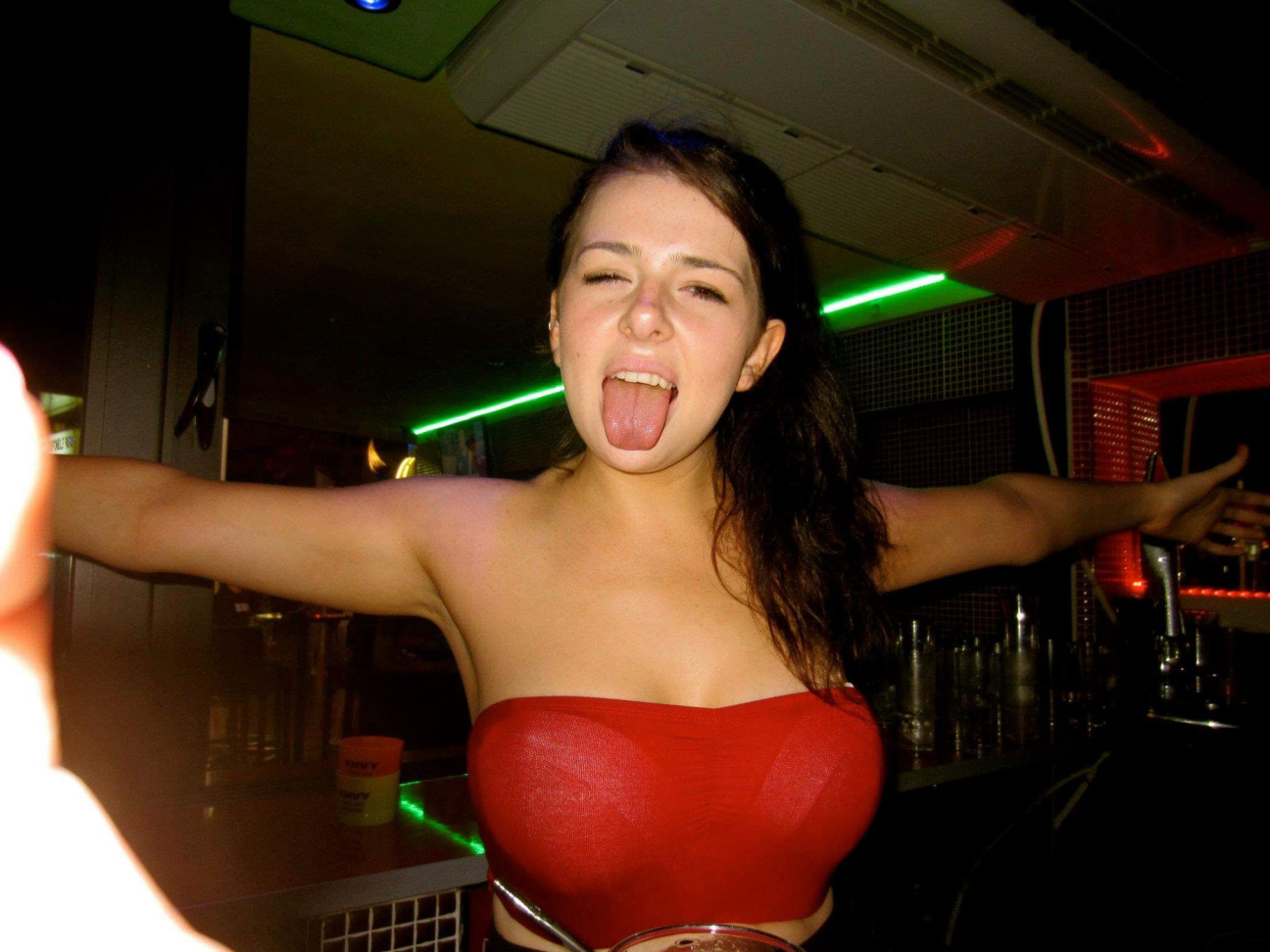
CULTURED: How to Have Sex situates itself in a lineage of recent films and series about sexual violence and consent, from Eliza Hittman’s It Felt Like Love to Michaela Coel’s I May Destroy You. A phrase that often arises in the press around stories in this genre is that they are “hard to watch.” How do you take that qualification?
Manning Walker: I felt particularly strongly about not making the scenes [overly] violent for the sake of women that have been through it. It's quite horrifying as it is when you see it through her face. When we were shooting, I think a lot of the men on the crew found it difficult to be around because they were seeing it from a female perspective for the first time, whereas a lot of women almost felt like it was normal. That's what's kind of scary about it—what we normalize in order to get through stuff.
A lot of crew members were realizing what they'd been through live on the shoot. But we had such a safe space. We played football every Sunday, we had sing-alongs… It was like, “If we're going to make a film about this kind of topic, we need to make sure everyone's protected and safe in how we make the film.” And we always talked about not pushing men out of the conversation.
CULTURED: I'm wondering about the role of other art forms in your work as a filmmaker. You came up making music videos, and music is so essential in How to Have Sex. How do you connect image-making and music?
Manning Walker: Being in music videos for so long and knowing that you're always producing something to go with the song is very influential. For How to Have Sex, what we did in each club scene was shoot a music video-esque thing. Everyone's frozen, and the camera moves through, and Tara's the only person dancing in the club. That was a little nod to the music video I made with Frank Lebon for A$AP Rocky. It freed everyone up to enjoy what we were doing and not just be like, We're following this script, and that's it. Although they didn't make [it] into the film, I think their energy did.
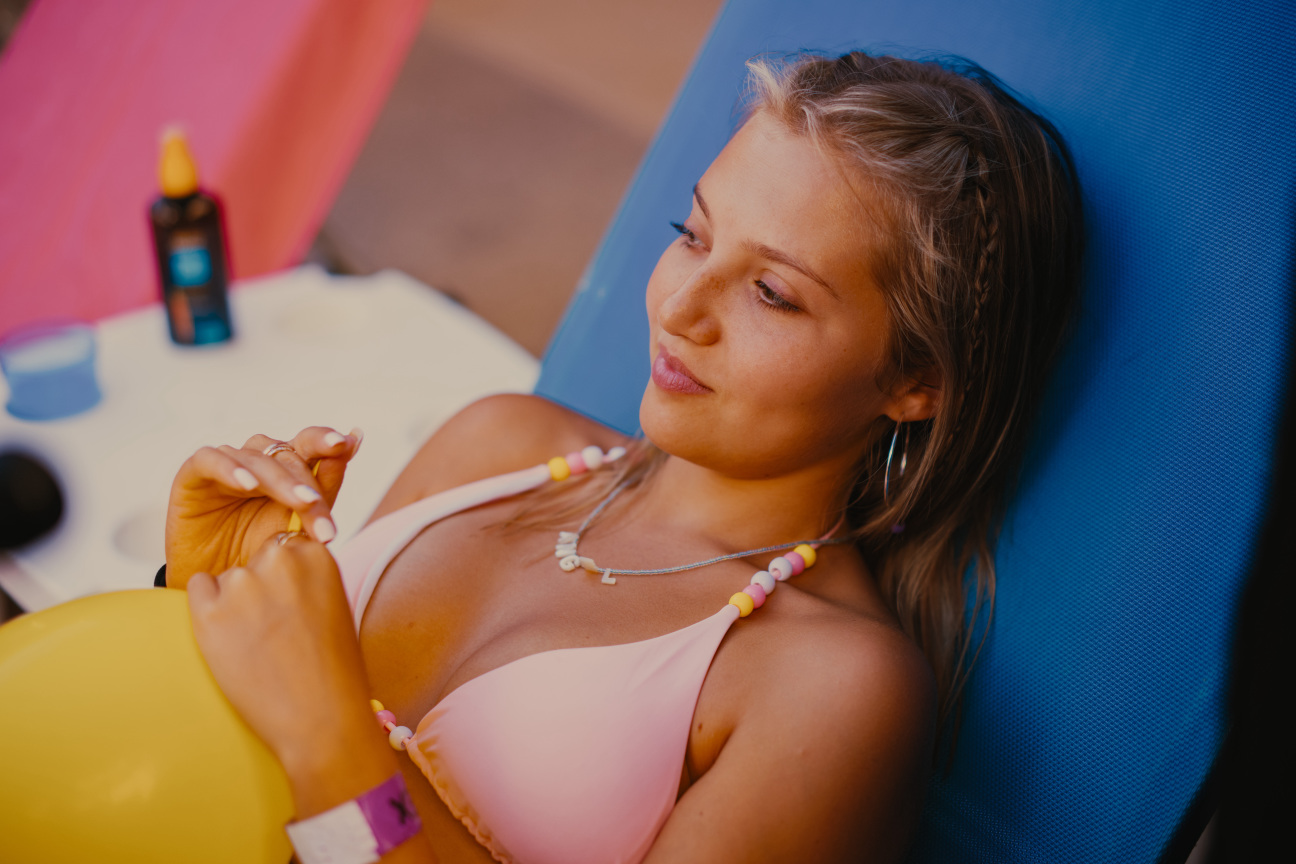
CULTURED: Can you tell me about a few of the visual references you were looking to?
Manning Walker: Some of it is screenshots from films, like American Honey or Rust and Bone. Or it could be a photograph that I took on holiday when I was a teenager. There was a sequence of 35-mm photographs that I took on a Polaroid where I'm [standing] in the corner of the room, and my friend's throwing up then gets naked and lies on the bed and then turns over and is throwing up in the pan, and I'm just, like, standing in the corner animating it.
CULTURED: How did you first happen upon this Joel Goodman image?
Manning Walker: I've known about it for ages. It sums up British drinking culture in a really interesting way. There's so much going on in it. There was one scene where Tara walks alone down the strip after the beach scene. We used this as a reference to block the scene in terms of the actual composition and the chaos behind her. I feel like I've been in the scene [in this image]. There's something really beautifully “normal life” about it.
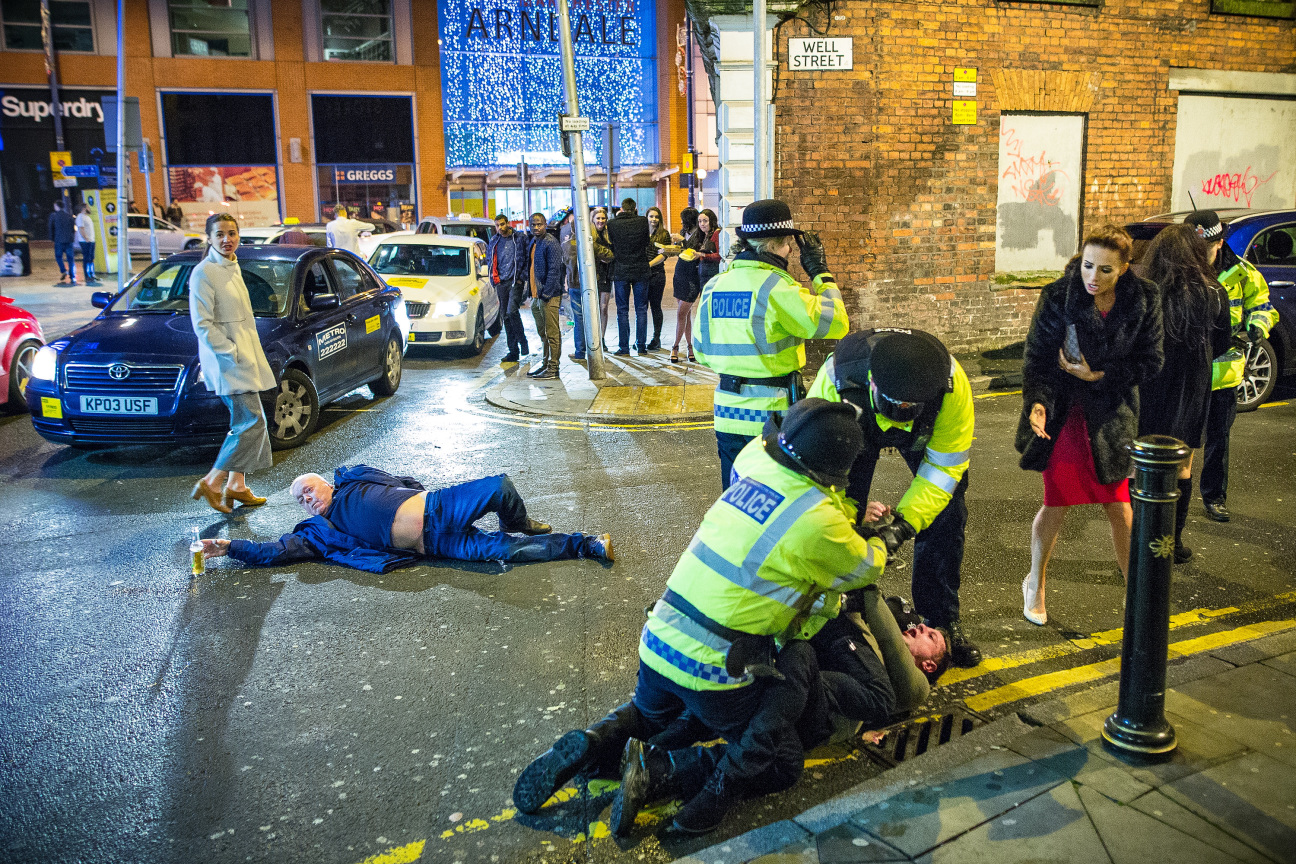
CULTURED: When did you know that this image was going to work itself into the film as a reference?
Manning Walker: It was always an ongoing thing, and everyone was bringing references to the table. The production designer had this great book: The British Abroad by Peter Dench. All Europeans have quite a funny perception of Brits abroad and know that we have quite a rowdy reputation.
The thing that I really enjoyed with How to Have Sex was designing the detail into it. As it goes on, the house gets dirtier, and the towels get more messed up, and there's stuff that they've collected while they've been drunk. We kind of wrote in while we were shooting that Em’s a bit of a kleptomaniac, so she brings everything home, and always has this plastic thing with her that she picked up on a night out. Even if you don't necessarily see it on screen, you feel the constant energy of it. In this [Joel Goodman] picture, there’s the detail of the girls eating chips in the background, or the Corona on the floor with the guy who’s still drinking even though he's trashed with his beer belly stuck out. Even where everyone's eyeline is is really interesting. Like, Who's looking at who and how? Those are the things that keep you intrigued.
This conversation is part of a series in which CULTURED asked filmmakers to reflect on a work of art that exposed them to new ways of seeing—and set the tone for a recent project. For more insight, read Lulu Wang on the Singaporean photographer whose work inspired both The Farewell and Expats.


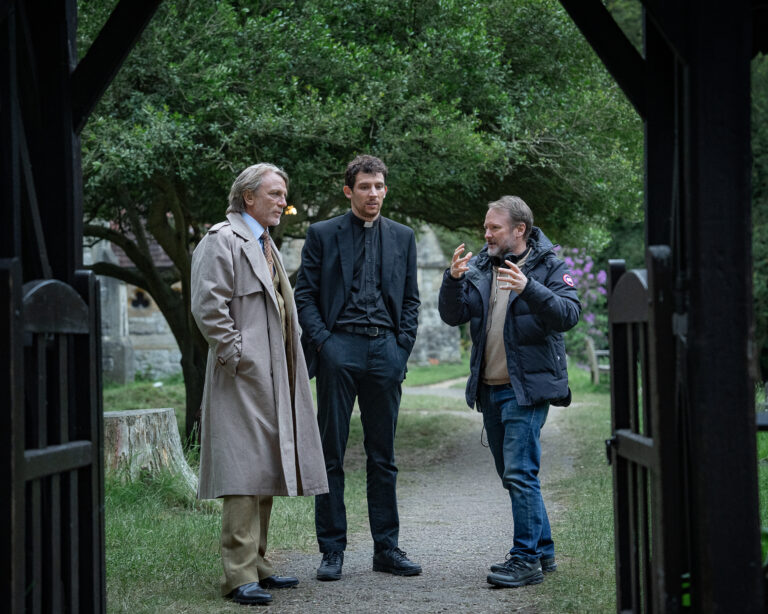
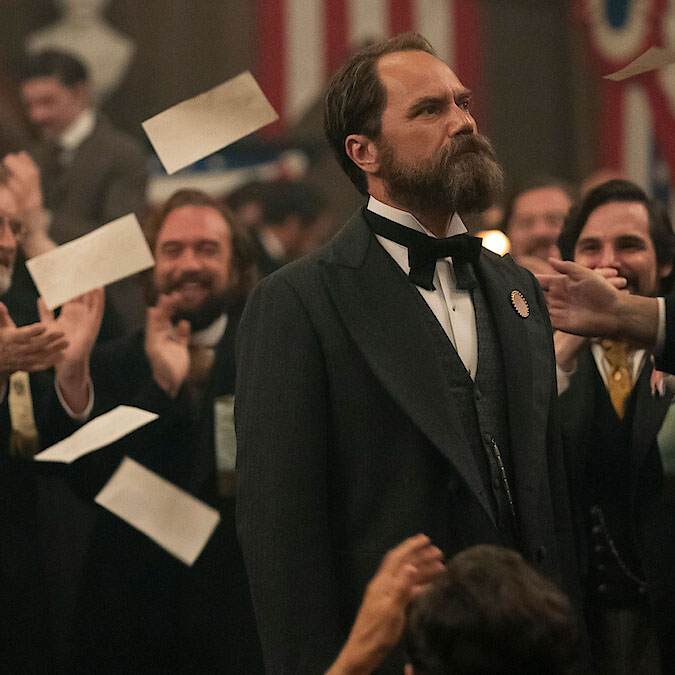
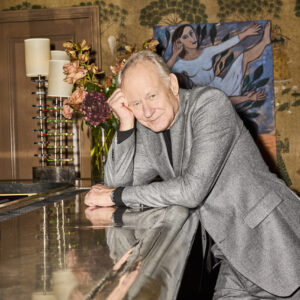
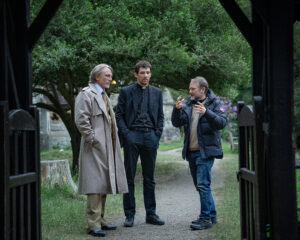
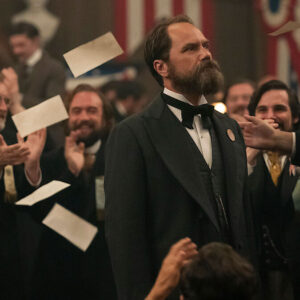



 in your life?
in your life?

